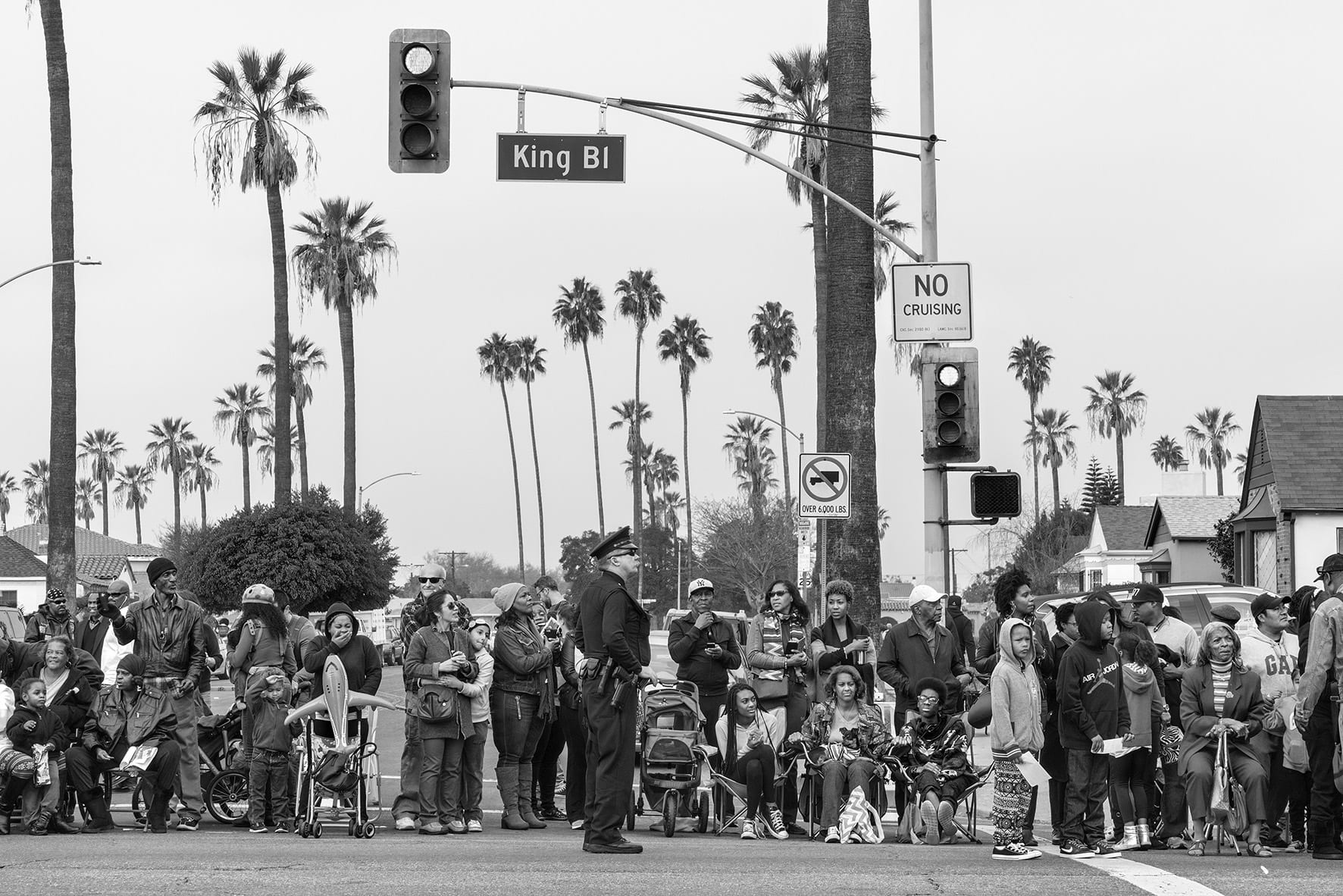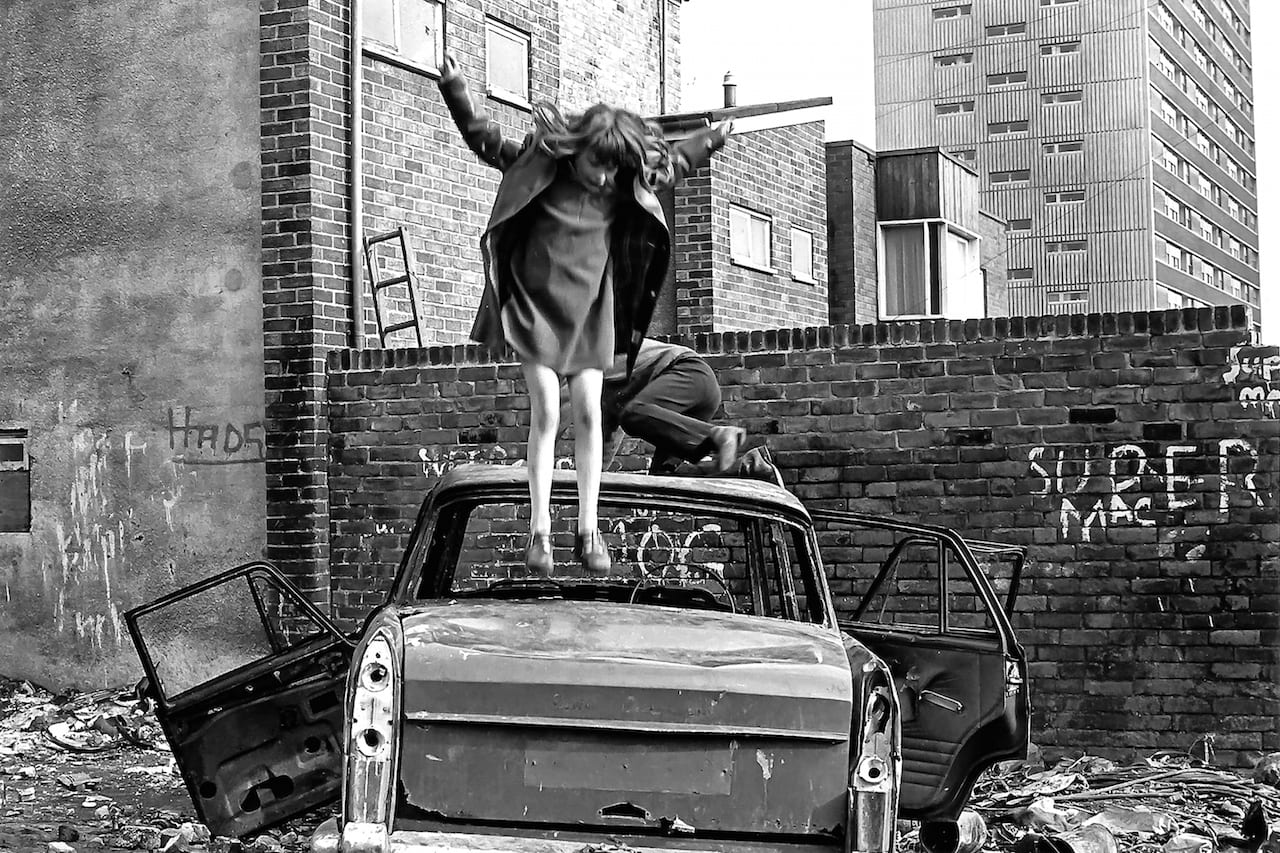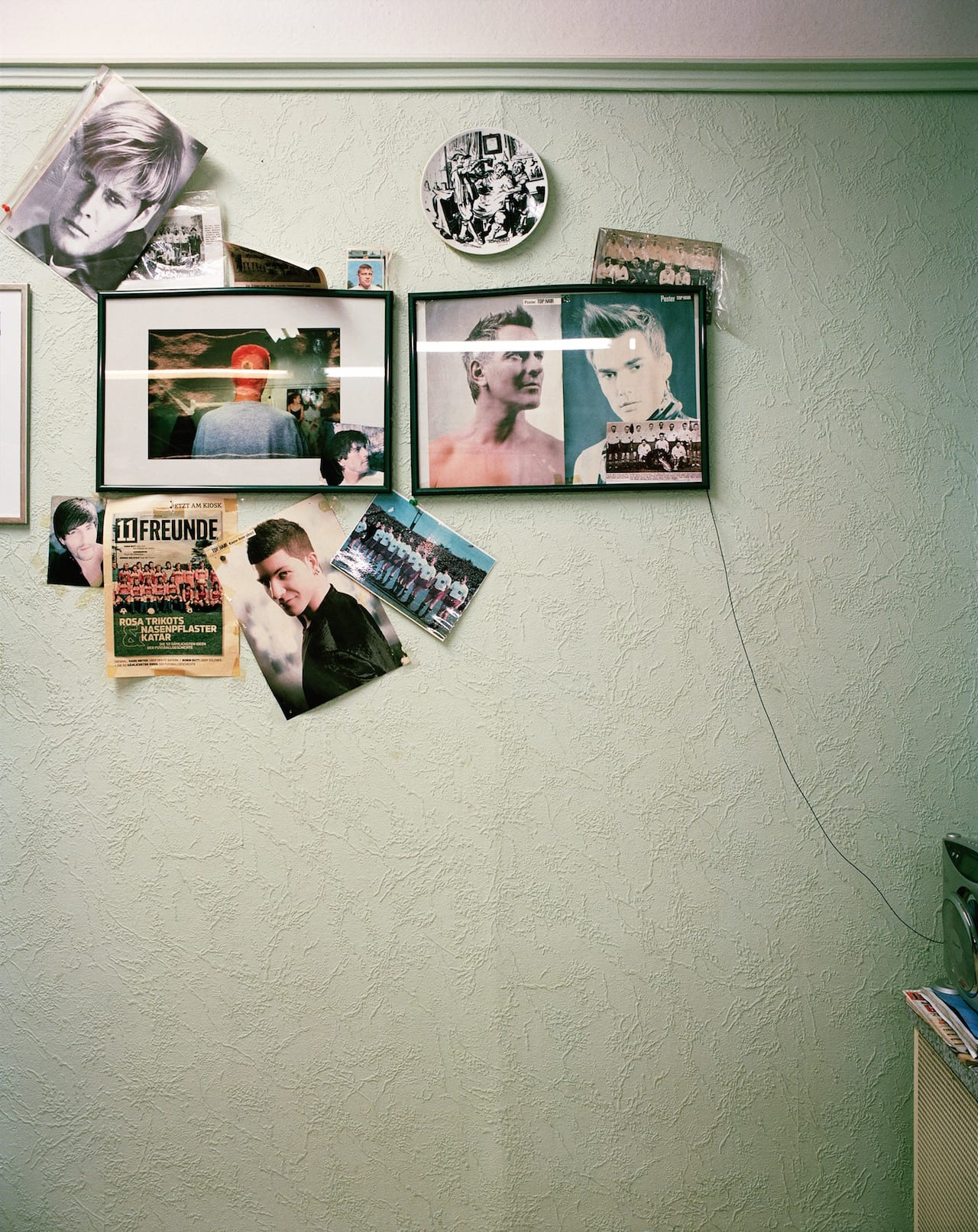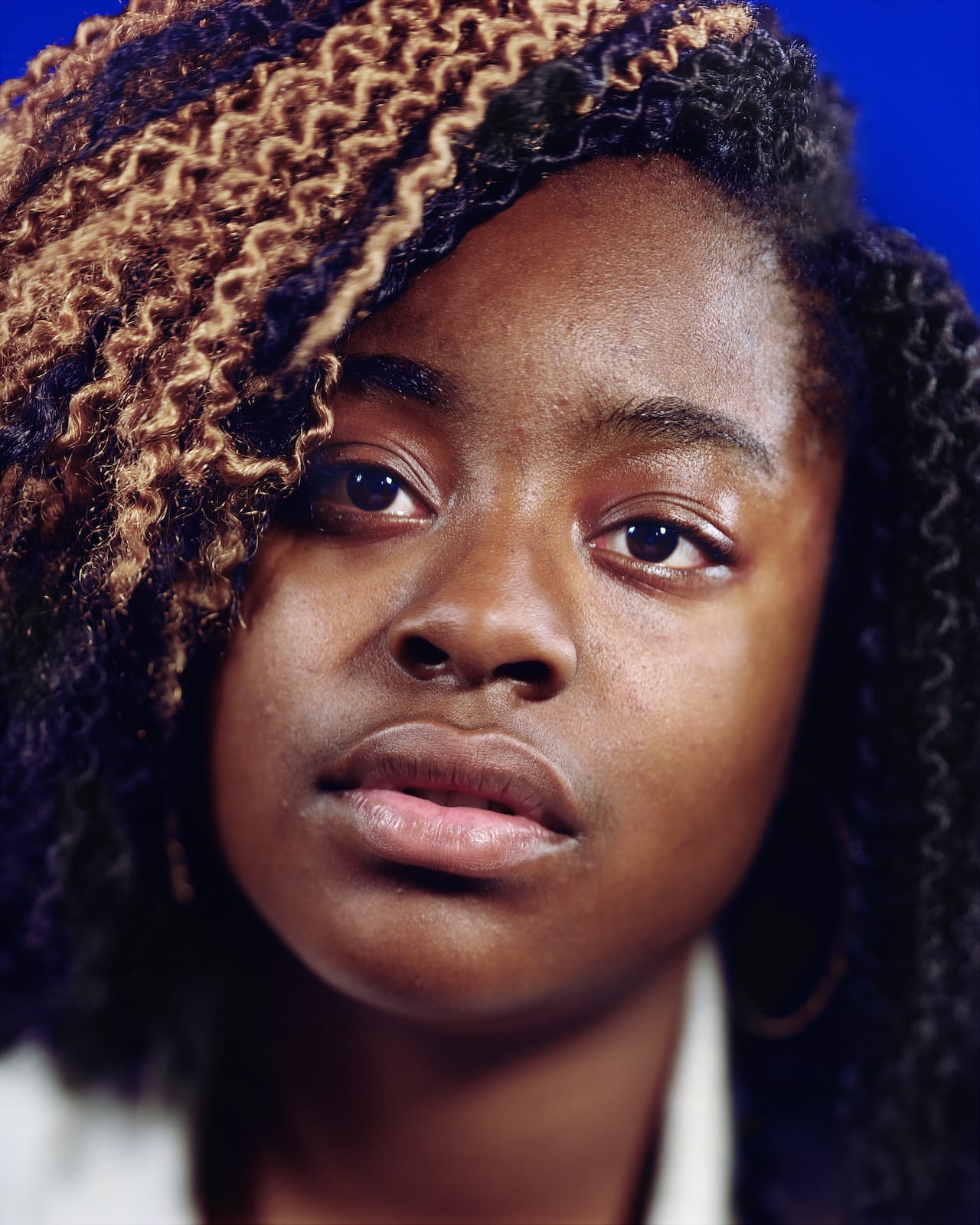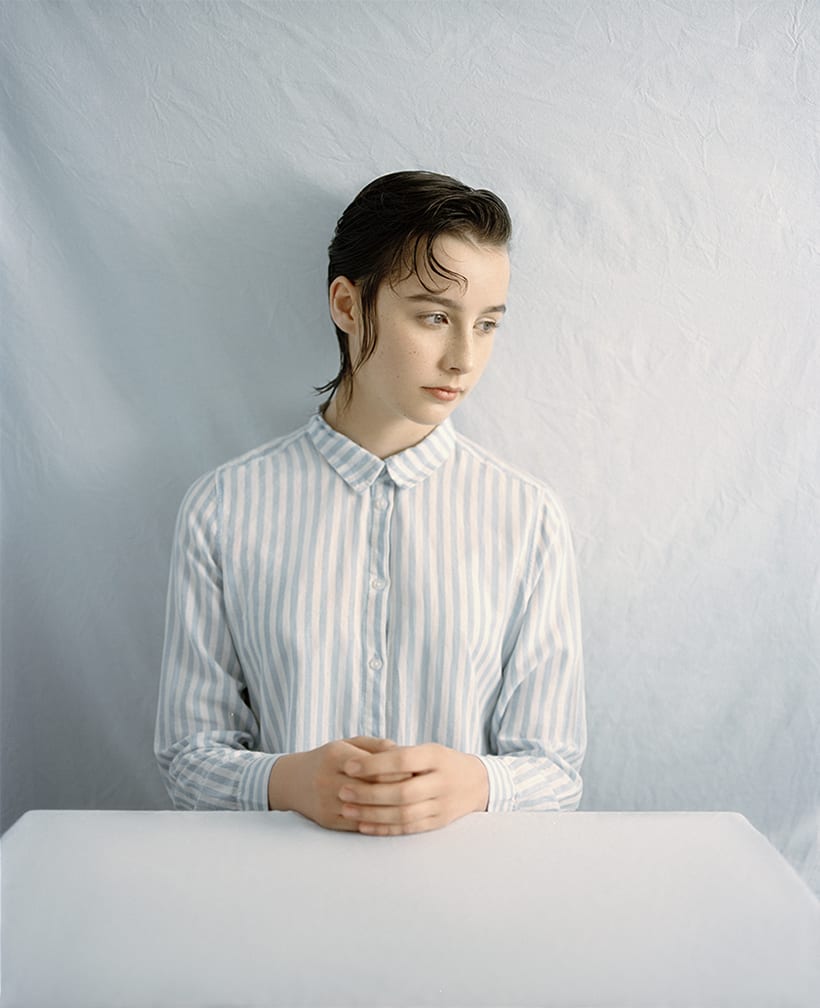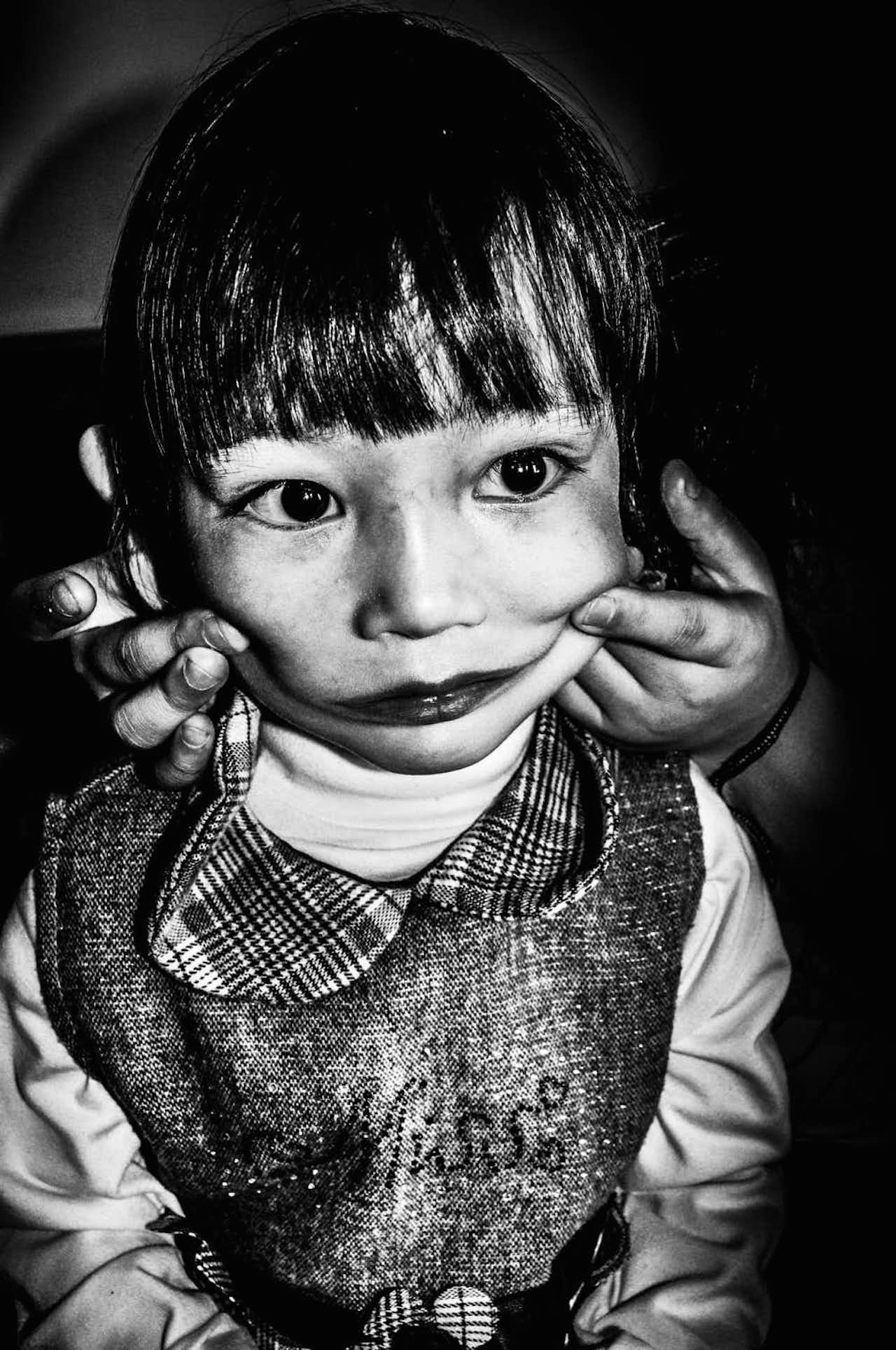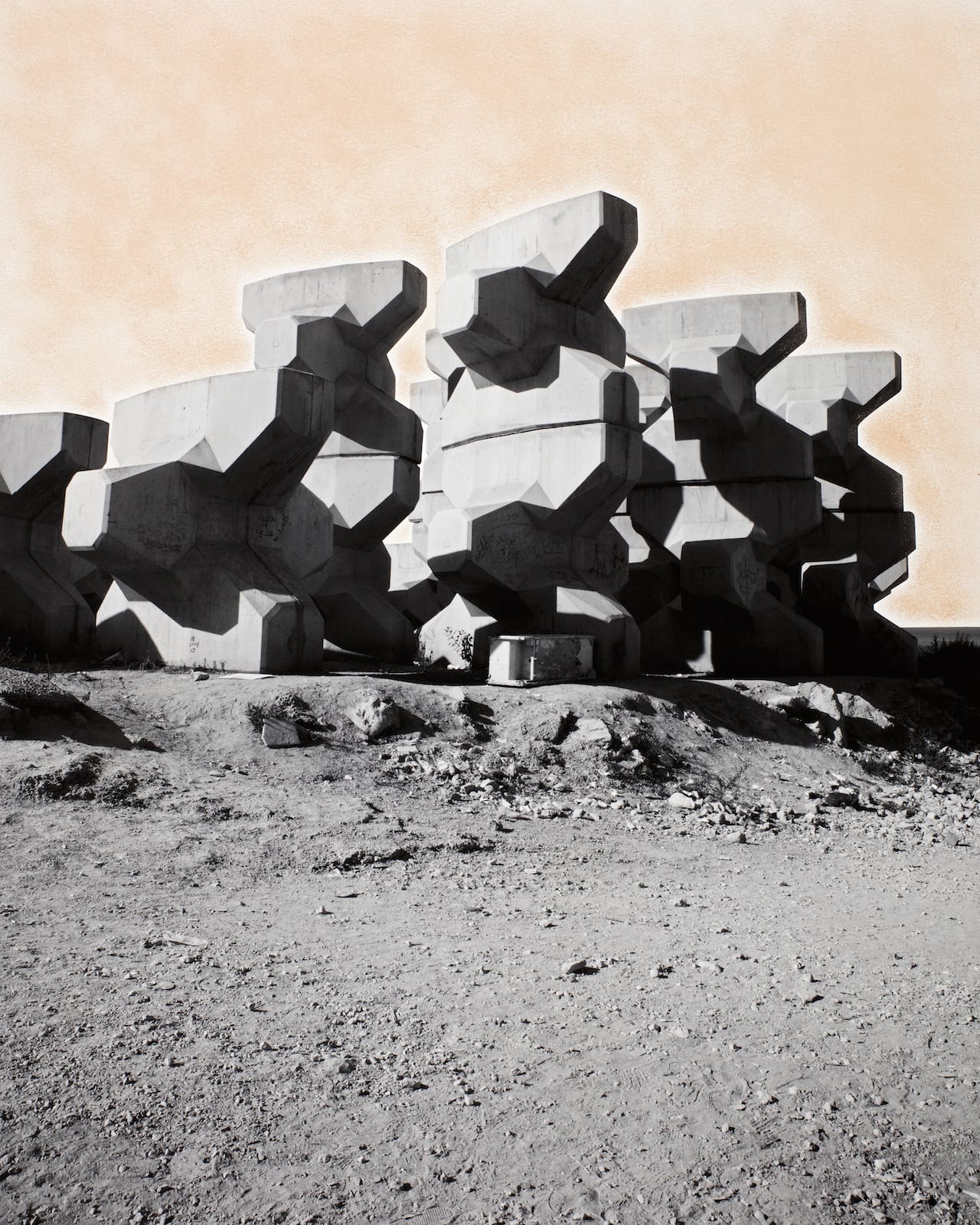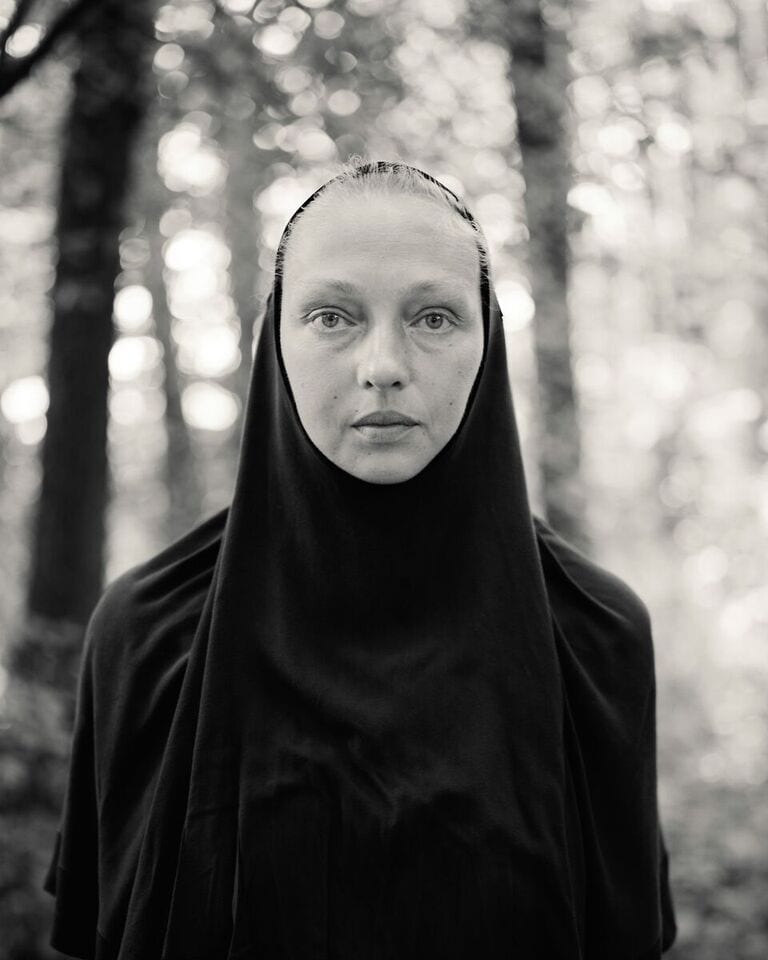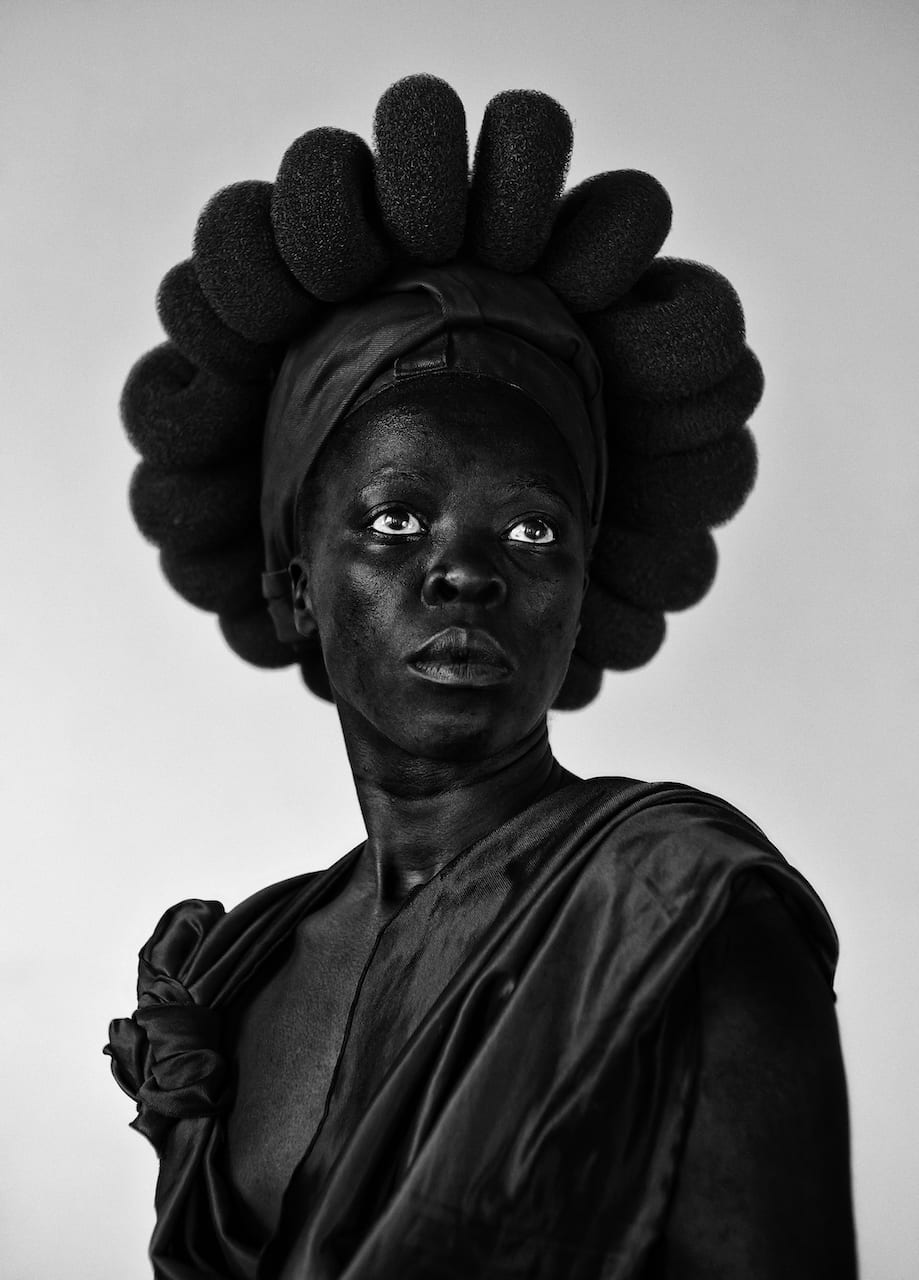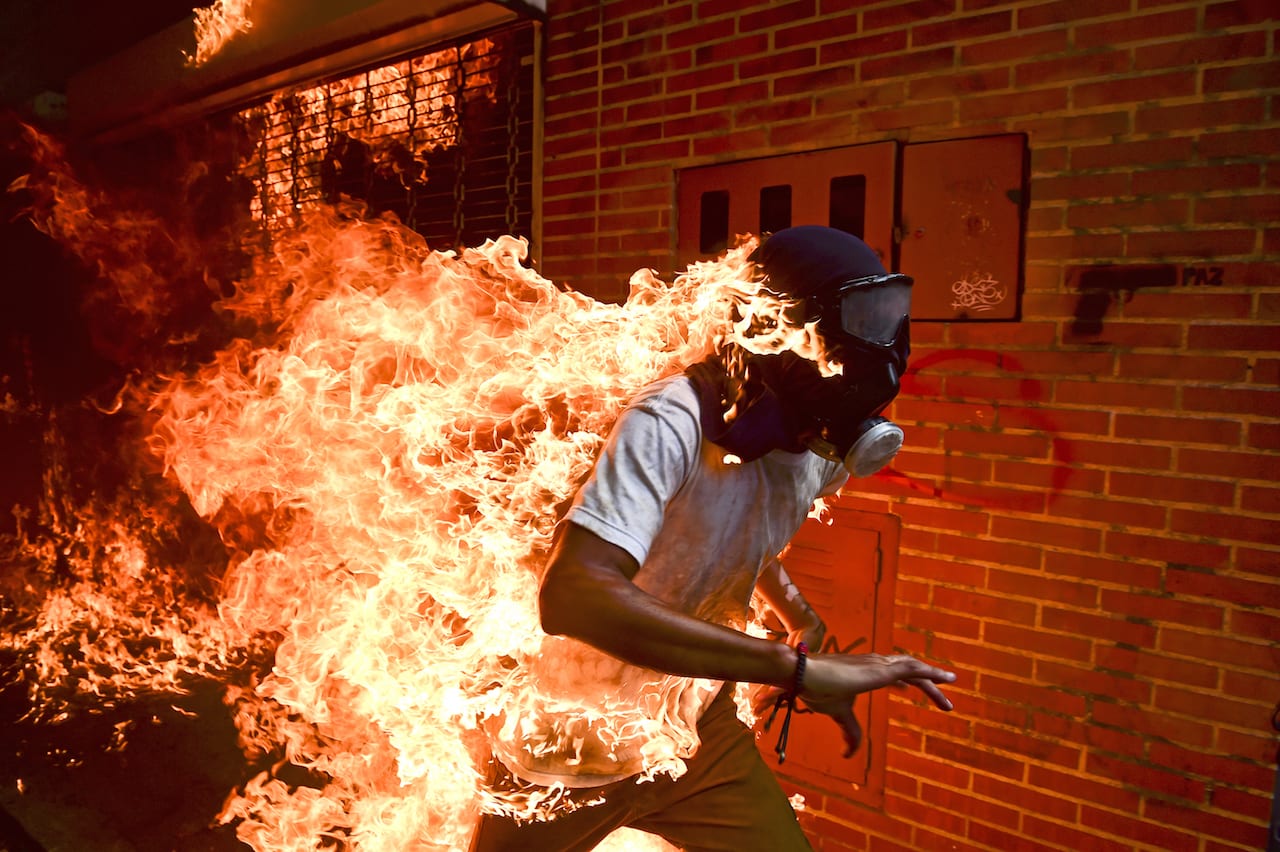With its dungeon-like chambers, ghostly corridors, and casemates on which guns would have stood, Coalhouse Fort in East Tilbury, Essex, is an unlikely art gallery. But on 28 April 2018, the 144 year fort on the edge of the Thames Estuary will open its doors to the public for a pop-up exhibition, featuring artists such as Felicity Hammond, Dafna Talmor, and Corinne Silva. Caught between a military past and its current use as a tourist attraction, the fort’s identity is shifting. The building is deteriorating and being reclaimed by nature – the antithesis to its original role as a robust military base. A team of volunteers is working with the local council to restore it, and keep it from falling into obscurity. But while it may be ramshackle, it is a space full of artistic possibility, and that is what captured my imagination when I was invited by artist and lecturer Michael Whelan to curate a pop-up exhibition there. Whelan had been working with Thurrock Council to digitise its rich archive of photographs, documents, and military-related artefacts and, noticing the site’s potential as a space to show art, decided to put on an exhibition.
